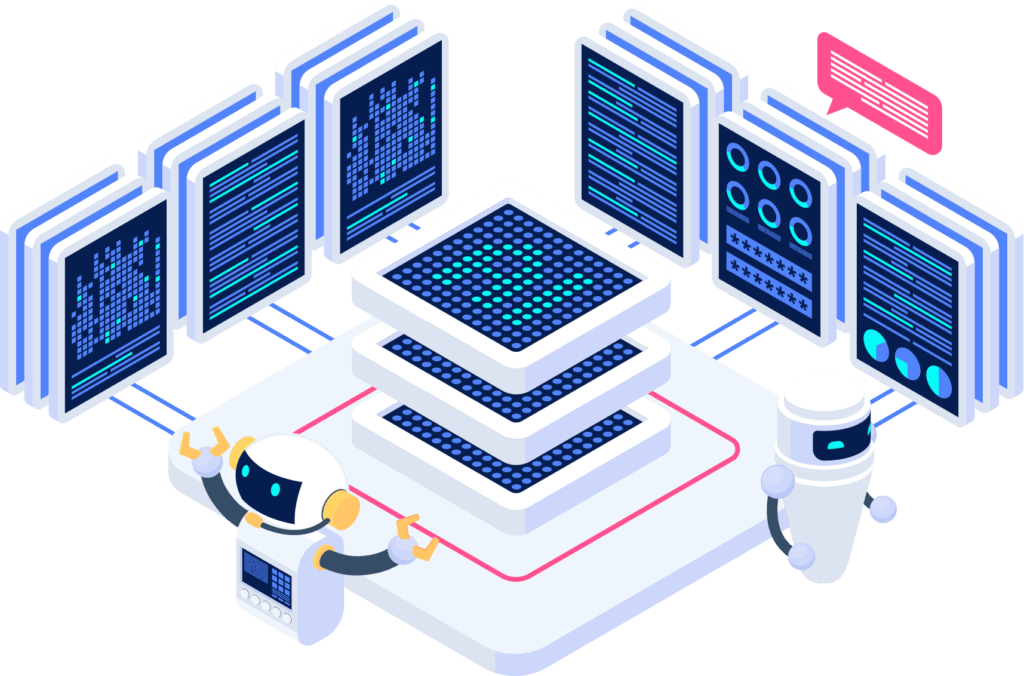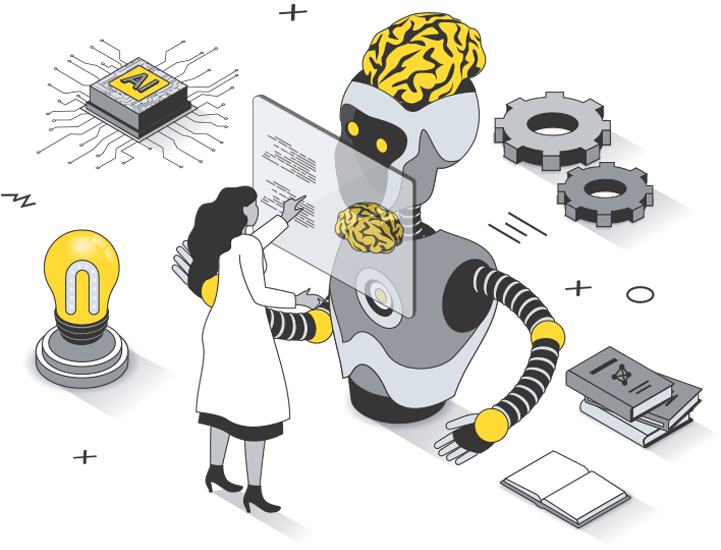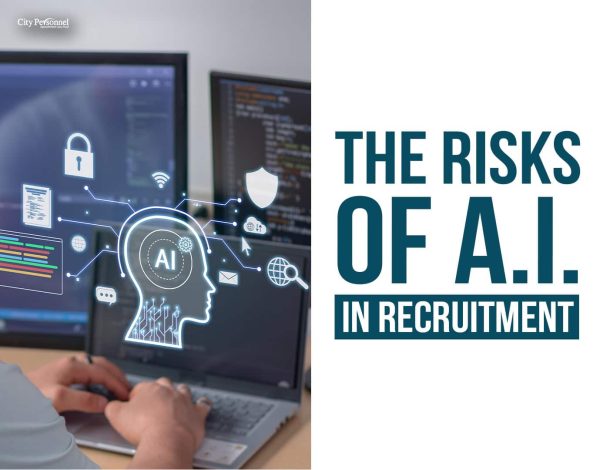The rise of Artificial Intelligence (AI) has undeniably revolutionized the way recruitment processes are carried out in organizations across the globe. Today, more and more companies are leveraging AI to streamline hiring processes, enhance the candidate experience, and make the overall recruitment workflow more efficient. While the advantages of integrating AI into recruitment activities are plentiful, it’s crucial for HR professionals and recruiters to recognize and understand the potential risks associated with this technological advancement.
The Advantages of AI in Recruitment
Before we dive into the risks, it’s worth acknowledging the undeniable benefits that AI brings to the recruitment table. AI-powered tools can significantly reduce the time spent on administrative tasks by automating resume screening, scheduling interviews, and even conducting initial candidate assessments. This allows recruiters to focus more on the human aspect of hiring – engaging with potential candidates and building relationships. Additionally, AI can enhance the candidate experience, providing timely updates and feedback throughout the recruitment process.
The Risks of AI in Recruitment
Despite its numerous advantages, the deployment of AI in recruitment is not without its challenges and potential pitfalls.
One of the most significant concerns surrounding the use of AI in recruitment is the risk of algorithmic bias. AI systems learn from large sets of data, and if this data contains biases, the AI’s decision-making process can inadvertently perpetuate these biases. This could lead to discrimination against certain groups of candidates, impacting diversity and inclusion efforts within organizations.

Privacy Concerns
The use of AI-powered recruitment tools also raises important privacy issues. These systems often analyze a vast amount of personal data from candidates, leading to concerns about how this information is used, stored, and protected. Ensuring the privacy and security of candidate data is paramount to maintaining trust and integrity in the recruitment process.
Case Studies
In recent years, real-world examples have highlighted the detrimental impact of bias in AI implementations within leading companies. One such instance involves Amazon, a major e-commerce player, which faced criticism for its AI-driven hiring tool that exhibited gender bias. The system, designed to streamline the recruitment process, systematically downgraded female applicants’ resumes, reflecting historical hiring patterns that favored male candidates. This revelation not only sparked controversy but also led Amazon to abandon the tool to mitigate discriminatory outcomes.
Additionally, the financial giant Goldman Sachs came under scrutiny for a possible algorithmic bias in its credit card practices. The company’s AI-based credit assessment tool allegedly discriminated against women by offering lower credit limits compared to their male counterparts, despite similar financial profiles. This biased decision-making process raised concerns about gender inequality and prompted investigations into the fairness of AI algorithms in financial services. However, a New York review eventually found no evidence of any intentional bias against women.
Another notable case involved Facebook, a prominent social media platform, which faced backlash over its AI content moderation algorithms.
These real-life examples underscore the critical importance for companies to address bias in AI systems proactively. By learning from these incidents and prioritizing unbiased algorithm development, transparent AI governance, and inclusive data practices, organizations can strive to harness the transformative power of AI responsibly while safeguarding against discriminatory repercussions that could harm both their reputation and societal trust.
Best Practices for Mitigating Risks
To ensure the ethical and fair use of AI in recruitment, HR professionals and recruiters should consider the following best practices:
- Regularly audit and test AI systems for biases and ensure that they are operating as intended.
- Use a diverse set of data for training AI systems to minimize the risk of replicating historical biases.
- Be transparent with candidates about the use of AI in the recruitment process and how their data will be used and protected.
- Stay informed about the latest developments in AI and ethics, and be prepared to adapt policies and practices accordingly.

Looking to the Future
The landscape of AI in recruitment is constantly evolving, with new technologies and methodologies emerging at a rapid pace. It is anticipated that AI will continue to play a significant role in recruitment, but the focus will increasingly shift towards ensuring these systems are used responsibly and ethically.
Integrating AI into recruitment processes offers a wealth of benefits, from increased efficiency to improved candidate engagement. However, it’s imperative that HR professionals and recruiters are cognizant of the potential risks involved, particularly in terms of bias and privacy concerns. By adhering to best practices and staying informed about developments in the field, the recruitment industry can harness the power of AI while upholding the highest ethical standards.
To all HR professionals and recruiters out there, the call to action is clear: Engage with ethical AI practices, stay informed, and lead the way in responsible recruitment innovation.





